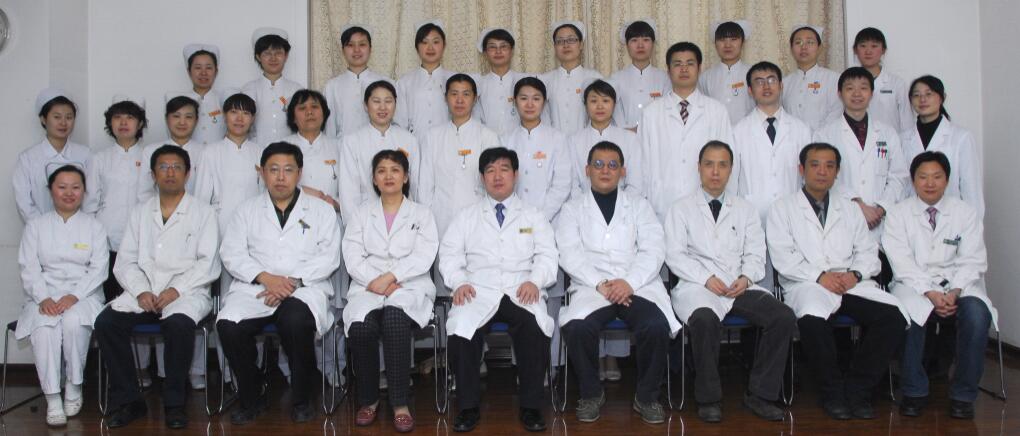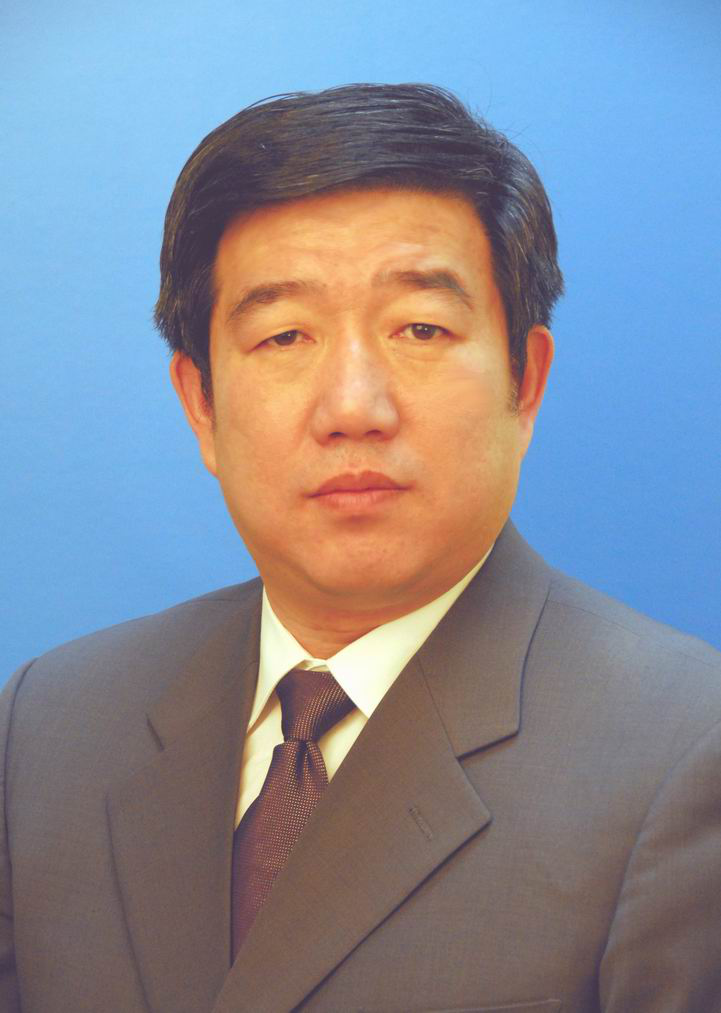
Founded in 1981, the Department of Bone and Soft Tissue tumor is the largest and the first feature specialist bases for sarcoma prevention, treatment, training and research in China, which has 69 beds. Now the department has 35 stuffs, including 11 doctors and 24 nurses. Two of us had successfully finished the post-doctoral training in Beijing University and The Texas University M. D. Anderson Cancer Center. 4 of us have Ph.D. degree. Now we are consist of 1 chief physician, 1 associate professor, 5 deputy chief physicians, and 4 attending physicians. All our stuffs and the nurses are adhering to the dedicatory conviction and working hard to serve the sarcoma patients.
The department was founded in 1981 with 8 beds in 2 wards as the first specialized bone and soft tissue tumor department nationwide. In 1983, Dr. Yunxiang Zhang was in charge of the department and the number of beds increased to 11. After immigration to new wards in 1987, the bed number changed to 24. In 1996, Dr. Jingang Song began to lead the department. The number of beds and personnels had increased to 45 and 9 respectively by 2003. Leading by Dr. Zhiwei Fang and Jin Zhang, the deportment own 65 beds. In 2008, Dr. Guowen Wang was in charge of the department and the department goes into a new era. Now we have 69 beds and 1 first classical rehabilitation unit with 1 professional functional rehabilitation division.
We focus on the comprehensive and personalized treatments for the sarcoma patients, based on individual surgery, chemotherapy, biotherapy, and other special treatments. We have extensive experience and distinctive characteristics in the limb salvage surgery for the sarcoma patients. We are walking in the domestic front in the opening surgery and minimally invasive surgical treatments for the spinal metalized patients and in the surgical treatments for the malignant pelvic and sacral tumors. We are also experts in the comprehensive and personalized treatments for cutaneous cancers such as malignant melanoma. We also can use different methods to maximize the recovery by repair and reconstruct the defections after the wide resection of different kind of sarcomas. We also have the domestic first specialist rehabilitation unit to help the sarcoma patients to complete the one-stop integrated treatment and training.
Specifically, we formed the clinical characteristics as following: 1, Treatment of osseous metastasis cancers: Different inner fixation applied for different part of the vertebrae column which improve the life quality and prolong their survivals, meanwhile, multimodality treatment including chemo- and radiotherapy was administered according to primary diseases. Dr. Wang Guowen focus on the spine metastatic lesions can successfully treat the patients with multiple methods including surgery, radiofrequency ablation, fixation, and vertebroplasy. 2, Reconstruction after wide resection in soft tissue sarcomas: In some recurrent sarcomas and anatomically complicated sites, the post-operational defect could be repaired with transplantation of artificial vessels, displacement of muscular tendon and translocation of isolated or vascular pedicle flaps. 3, After-load radiotherapy and external irradiation, I125 seed embedding: Applied when the important vascular and nerves are involved, which acquire better therapeutic effect and decrease amputation rates. 4, Interventional sacculus for temporary interruption of providing arteries: Applied for operation of sacral and pelvic tumors to reduce bleeding and lower down the risk of operations. An intra-operative digital subtracted laser orientation X-ray will be applied to facilitate operational procedures by precise orientation in some anatomically complicated sites. 5, HAP (Hyperthermic antiplastic perfusion) operation: For increase limb-salvage possibilities in bone malignancies, soft tissue sarcomas and malignant melanomas, a local high-dose hyperthermic and consequent systemic chemotherapy was administrated. 6, Multimodality procedures in limb-salvage treatment: neoadjuvant chemotherapy (preoperative chemotherapy), local perfusion, tumor resection and postoperative chemo-radiotherapy. 90% of patients with limb bone malignancies can obtain limb-salvage operation by means of tumor bone segment boiling inactivation, prosthesis reconstruction, and anhydrous alcohol inactivation, et al.
Generally, we can treat bone tumor and soft tissue tumors including osteosarcoma, chondrosarcoma, multiply myeloma, Ewing sarcoma/PNET, MFH, liposarcomas, leiomyosarcoma, synovial sarcoma, angiosarcoma, desmoids tumor, fibrosarcoma, clear cell sarcoma, malignant melanoma, MPNST, and other benign bone and soft tissue tumors.
For the basic and translational research, we focus on the sarcoma genomics and the screening of therapeutic targets. We put a lost of efforts on osteosarcoma, leiomyosarcoma, MPNST, GIST, and synovial sarcomas. We have published several high-impact papers including the papers on Cancer Research, Clinical Cancer Research, Cancer, Molecular and Cellular Protomics, Cancer Letters, and other oncologic journals. More than 70 articles we composed were published in internal or external journal. Furthermore, we have been responsible for many scientific researches and accomplished many provincial or ministry outcomes. In 1999 and 2005, we successfully sponsored the international bone and soft tissue tumor academic conferences.
